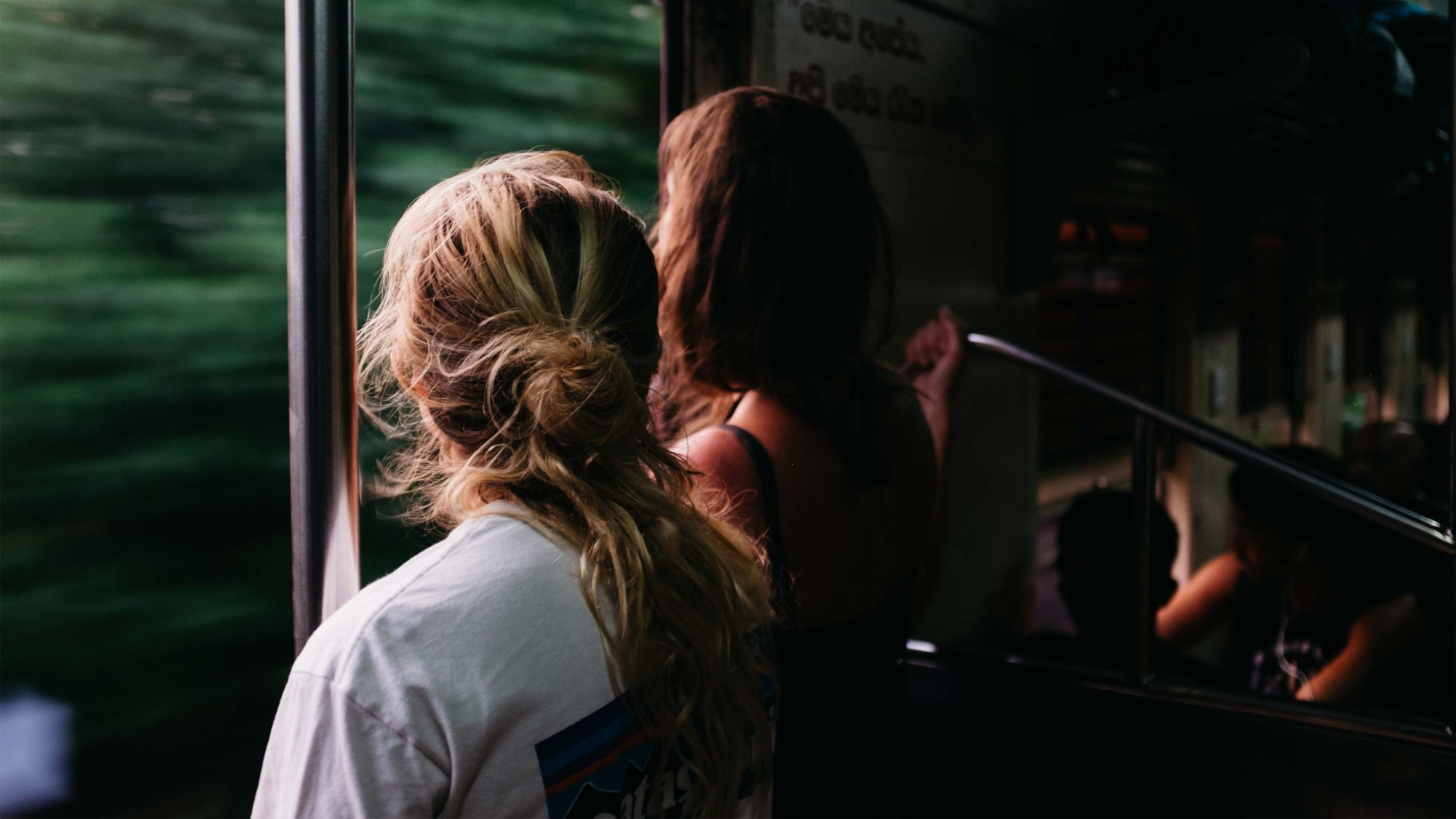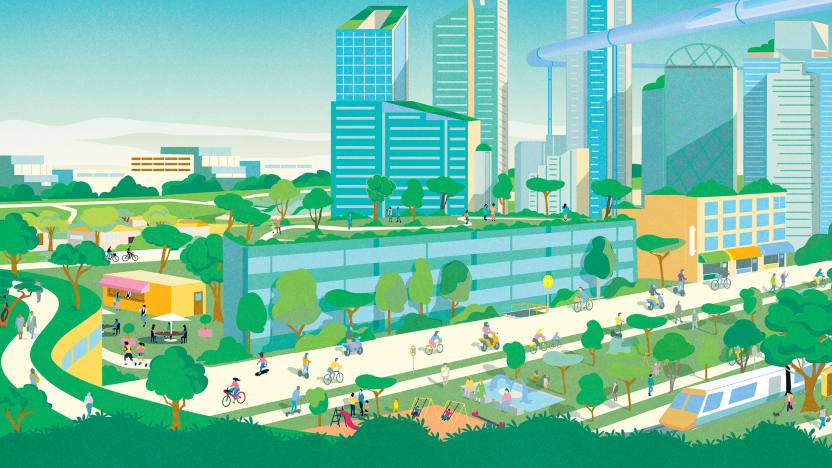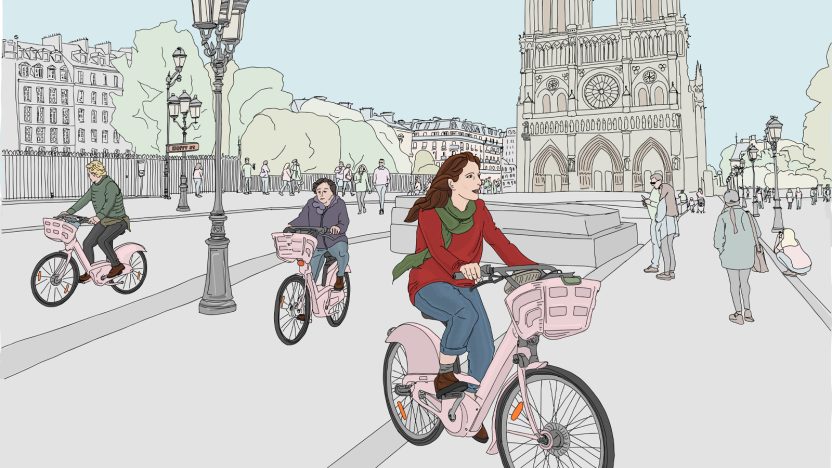The rebirth of the railway
The train is undoubtedly a means of transport. But that's not all there is to it: the railway is a line that crosses borders, connects distant lands, and moves lives from villages to cities.
by Marco Carlone
<span style="font-weight: 400;">The station in Split is a small, low-ceiled building. It may look like anything, except the railway terminal of the second largest city in its country, Croatia. From time to time, the station master emerges from his little room: he wears a red cap and, raising the typical railwayman’s paddle, signals to the train driver that he can leave. A few meters behind the railways, gigantic ferries and cruise ships pour thousands of tourists into the narrow streets of Split’s historic center (a UNESCO heritage), making the station appear even more like a toy.
In the last three years, however, the station of Split has become one of the most tangible examples of a revival affecting Europe’s railways. In the summer of 2022, night trains from the Czech Republic, Slovakia, Austria, Slovenia, and Hungary congested its few tracks, offering connections to cities such as Prague, Vienna, Budapest, and Bratislava. This kind of traffic was impossible to imagine only a few years earlier, in the pre-pandemic period, when only local trains and a couple of Intercity services to the capital Zagreb departed from the Croatian city.
Over the past three years, many media outlets such as the Guardian, CNN, and the Financial Times — just to name the most popular — have often written about how, in Europe, the traditional railway — the one made up of national and international, day and night long-distance trains — seems to be living a new golden age. And this happened only a few years after one of the leading railway companies in Europe, the German DB, had decided to stop operating all its overnight trains as of 15 December 2016 in the context of a cost reduction plan.
Just by looking at the data collected by the European Commission in its latest report on long-distance cross-border services, one can realize that this decision followed a seemingly unstoppable trend: compared to 232 pairs of night trains running in Europe in 2001, there were only 69 left in 2019. Competition from low-cost airlines and the increasing number of high-speed trains, which doubled between the two years considered, was too strong.
It seemed as if the fate of the old long-distance day and night trains was sealed. Instead, that traditional railway imagery, which had become almost a retro carrier for slow travelers, underwent a makeover thanks to its green side.
Precisely during the greatest moment of decline, the Austrian railways’ company ÖBB was the first to take a seemingly countercultural path, focusing on an increase in night trains as an alternative to short- and medium-distance flights. A couple of years later, Greta Thunberg was promoting her journey across Europe to support Fridays for Future using the train. In her native Sweden, the term flygskam, which can be translated as “the shame of flying”, was spreading as a way of expressing the growing sensitivity to the ecological impact of flights.
Growing environmental awareness – at least at the European level – is, therefore, one of the key elements underpinning this “new season” of rail. However, according to data from the European Environmental Agency, this is not just an advertising slogan environmentalists promote. Two studies published in 2021 found that rail is the most environmentally friendly mode of passenger and freight transport, especially when compared to road or air transport. Considering CO2 emissions, a passenger averages 160 grams of CO2 per kilometer by air transport, 143 by car transport, 80 by bus, and only 33 by rail. The same applies to freight: compared to 1 kilogram of CO2 emitted per ton of material with air transport, only 24 grams are produced by rail.

This has been one of the triggers for the spread of new long-distance services between European cities in recent years. Those same trains that since 2020 have been bringing by rail tens of thousands of tourists to the Croatian coast are indeed among them. National railway companies are not alone in riding this trend: there are private companies such as the Czech RegioJet, the German Alpen-Sylt nachtexpress or the Belgian-Dutch social cooperative European Sleeper, which has launched a new night train Berlin – Amsterdam – Brussels on 25 May 2023. And after the “summer of the century” 2022, so-called by ÖBB CEO Andreas Matthä due to the increase in long-distance travelers (+17.7% compared to 2019), the Austrian railways announced a €4.1 billion investment plan in rolling stock to increase services.
Out of the spotlight provided by the new routes in Central Europe, the sustainability of rail transport serves a social mission too: just look on the “other side” of the Iron Curtain, which is rarely taken as an example of good practices. In many of these countries — where railways often suffer from dramatic conditions — rail transport is still an economical means of transport, especially for people living on low incomes: students, retirees, the unemployed, and precarious or undeclared workers. People who do not really care about sustainability but can get around by train for a few euros, especially in areas where the lack of public services or private transport is more pronounced. Where often, the train is the cheapest way to go to work, visit family members, and run an errand in the nearest city, and little does it matter if it is slow and old. That is the reason — far removed from both romantic narratives about slow travel and the sustainable development goals of the UN 2030 Agenda — that drives students from Resita, Romania, to their university in Timisoara by traveling for two and a half hours on an old railcar, taking at least an hour longer than by road. The same goes for the old mountain train that provides the only link to the rest of the world for the women of the Rhodope Mountains in Bulgaria, who can then go to sell their milk in the nearest town.
These are cases that involve small communities and peripheral areas, but still capture the core reason why the value of the railway has, for more than a century, gone beyond its role as a mere transport vector and why, over time, it has become a cultural and even literary subject. In Italian popular culture, that is what makes the character in an old film say that “the train is always beautiful”. All the more so if its sustainable side is also rediscovered.



 in Italy
in Italy